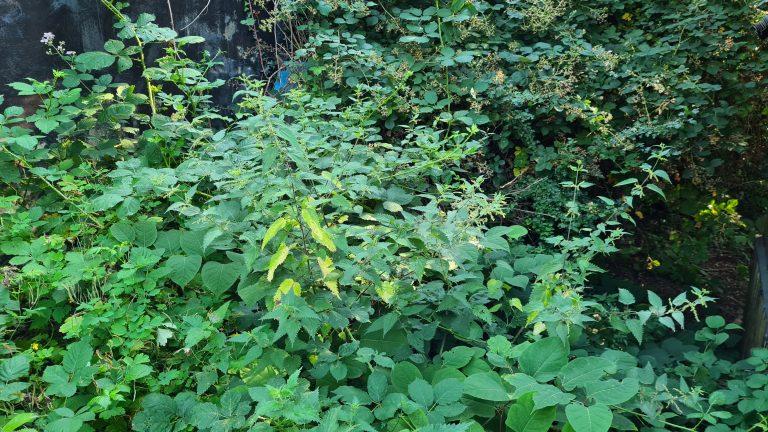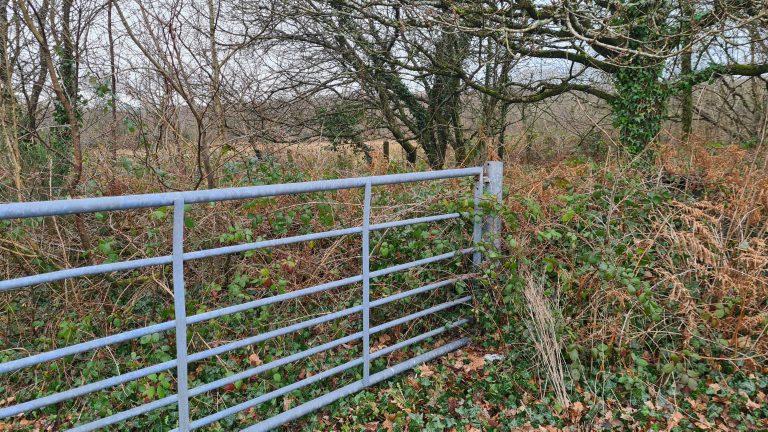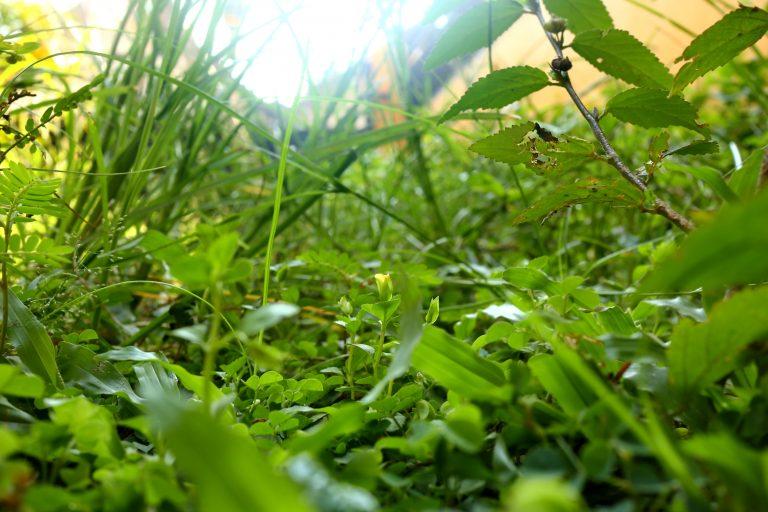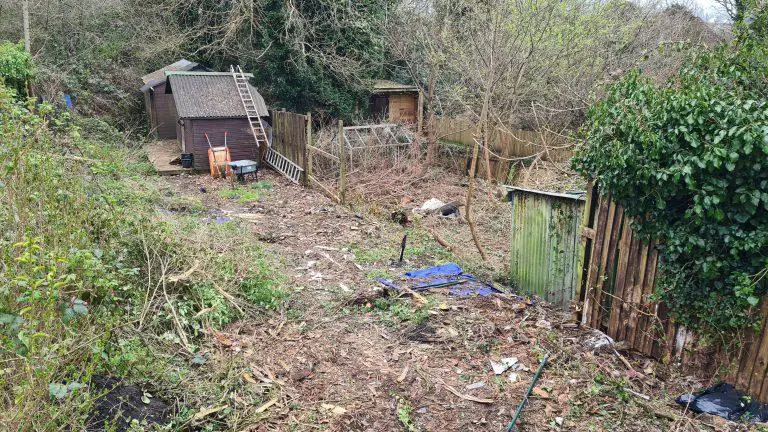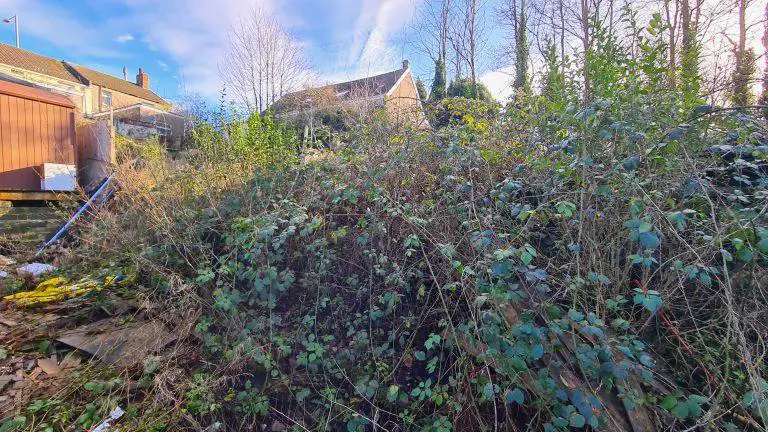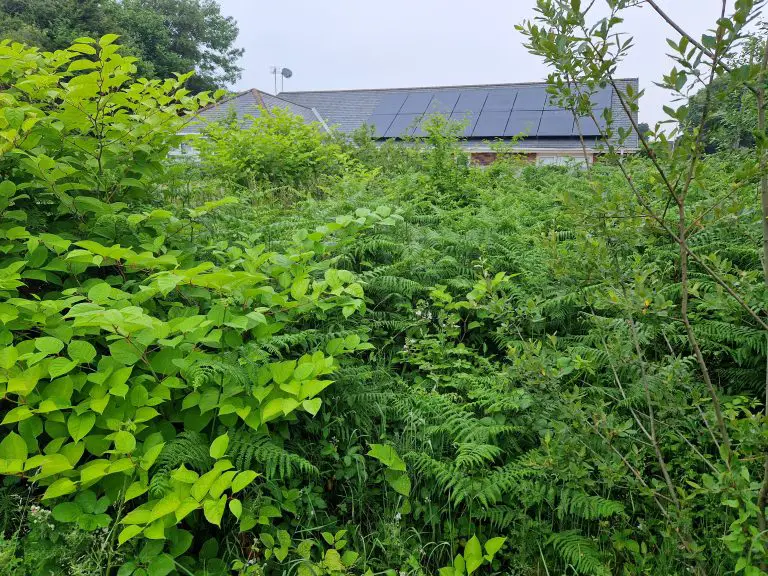Weeds are a pesky problem that can be difficult to eradicate. They creep up through cracks in your sidewalk, they grow out of cracks in the cement, and they spread like wildfire between lawns. Learn how to kill weeds with plastic sheeting and other materials that provide more organic, chemical-free solutions.
Weeds also have a tendency to reappear after removing them from an area – but not if you use plastic sheeting!
Why use plastic?
Plastic sheeting is one of the most effective ways to kill weeds without using chemicals or other methods that may harm your garden or lawn. Read on for more information about how to kill weeds with plastic sheeting.
So you want to establish a new garden space, but it’s completely overgrown with weeds, and you’re not sure where to start. Chemicals aren’t an option if you want to be a good steward of the environment, then what can you do as an alternative?
You’ve probably heard of using plastic sheeting to control weeds, but can plastic actually kill weeds? It seems logical to use plastic to avoid garden weeds, but can you use a plastic tarp to kill the current weeds?
Ground covers are a great way to help control weeds in your garden. They provide weed control by blocking light and competing for space with the weeds. You can also use them as mulch or just keep them on the ground, where they will eventually decompose into nutrients for your soil.
Can you kill weeds with plastic?
You may have heard of or perhaps have plastic sheeting spread under bark mulch or gravel in your landscaping as a strategy to avoid garden weeds, but will plastic sheeting kill current weeds? Yes, weeds can be killed using plastic.
Sheet mulching, also known as soil solarization, is a great organic (sure, the plastic is bad for the environment, but it can be salvaged and reused over and over) and a low-fuss approach to get rid of weeds in a possible garden site.
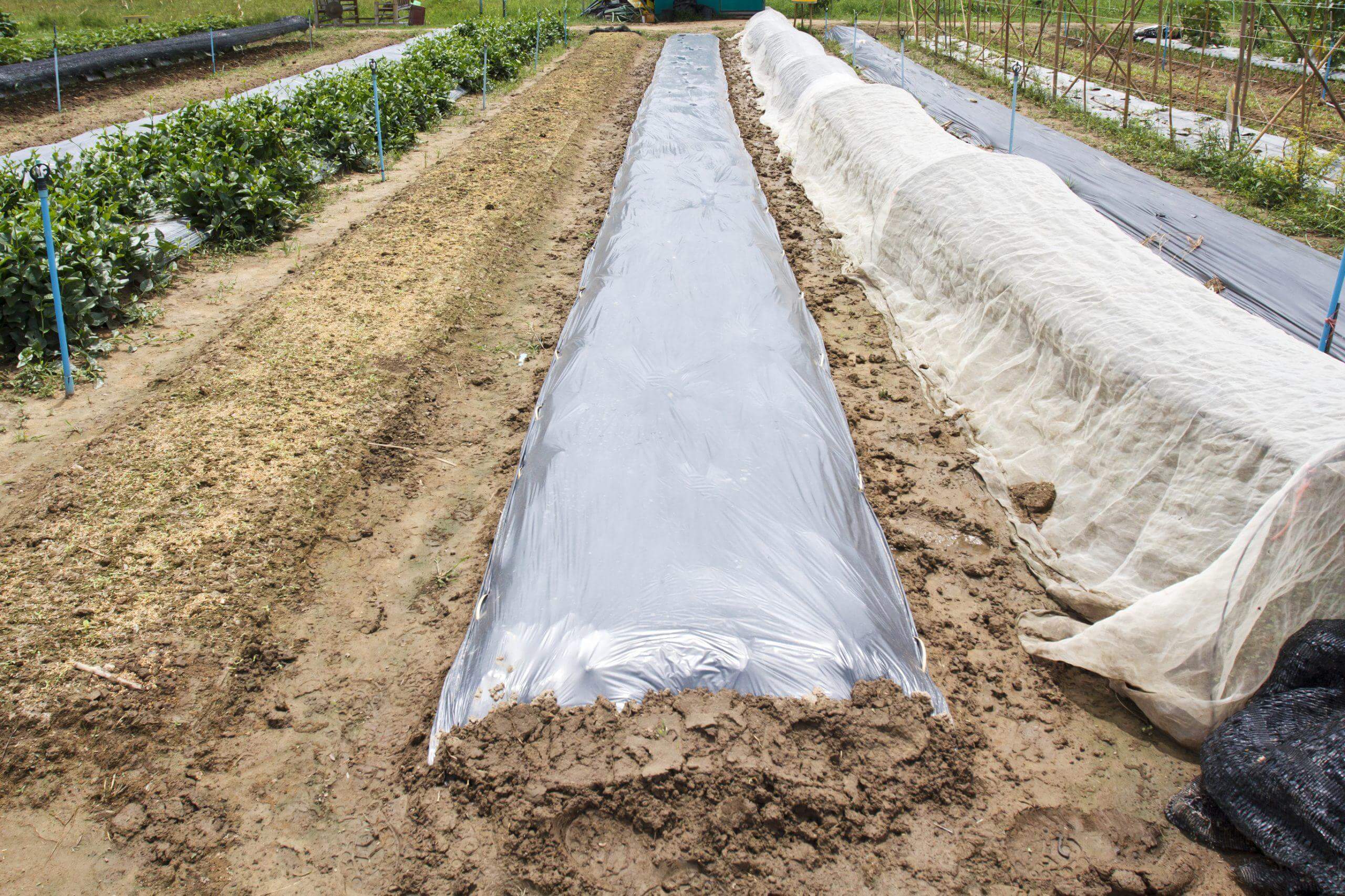
How does plastic sheeting for weeds work?
During the hottest months, the plastic is laid down and left for 6-8 weeks. During this time, the plastic heats the soil to the point where any plants beneath it are killed. While the extreme heat kills some viruses and pests, it also causes the soil to release any stored nutrients when organic matter decomposes.
Winter solarization is possible, but it will take a slower.
The jury is still out on whether you should use clear or black plastic sheeting for weed control. Although black plastic is generally preferred, a recent study suggests that translucent plastic can also be effective.
How to kill weeds with plastic sheeting
To kill weeds with plastic sheeting, just cover the area with the sheeting, which should be black polythene plastic sheeting or similar, and lay it flat on the ground. The plastic should be weighted or staked down. That is all there is to it.
You can make some little holes in the plastic to let air and moisture out if you want, but it’s not necessary. Allow 6 weeks to 3 months for the sheeting to stay in place.
Grass and weeds will have been killed by the time you remove the plastic sheeting, so all you have to do now is add some organic compost to the soil and plant!
Best time of the year to undertake this?
The optimal period to cover ground is from late winter to early spring when the weeds die and are quickly integrated.
Muck or compost can be spread ahead of time and integrated at the same time. Such covers can also be used to cover weed flushes or green manures, and they require far less labour than hoeing or digging them in.
Preparing the ground area
A perimeter trench a foot or two deep and broad into which the cover hangs is beneficial; this prevents weeds on the edge of the cover from surviving from outlying roots.
If any weeds break through the covering and locate a hole, they must be removed or pushed back under and the hole fixed. (A stone or brick on top might suffice, or a newspaper under the covering and blocking the hole will suffice.)
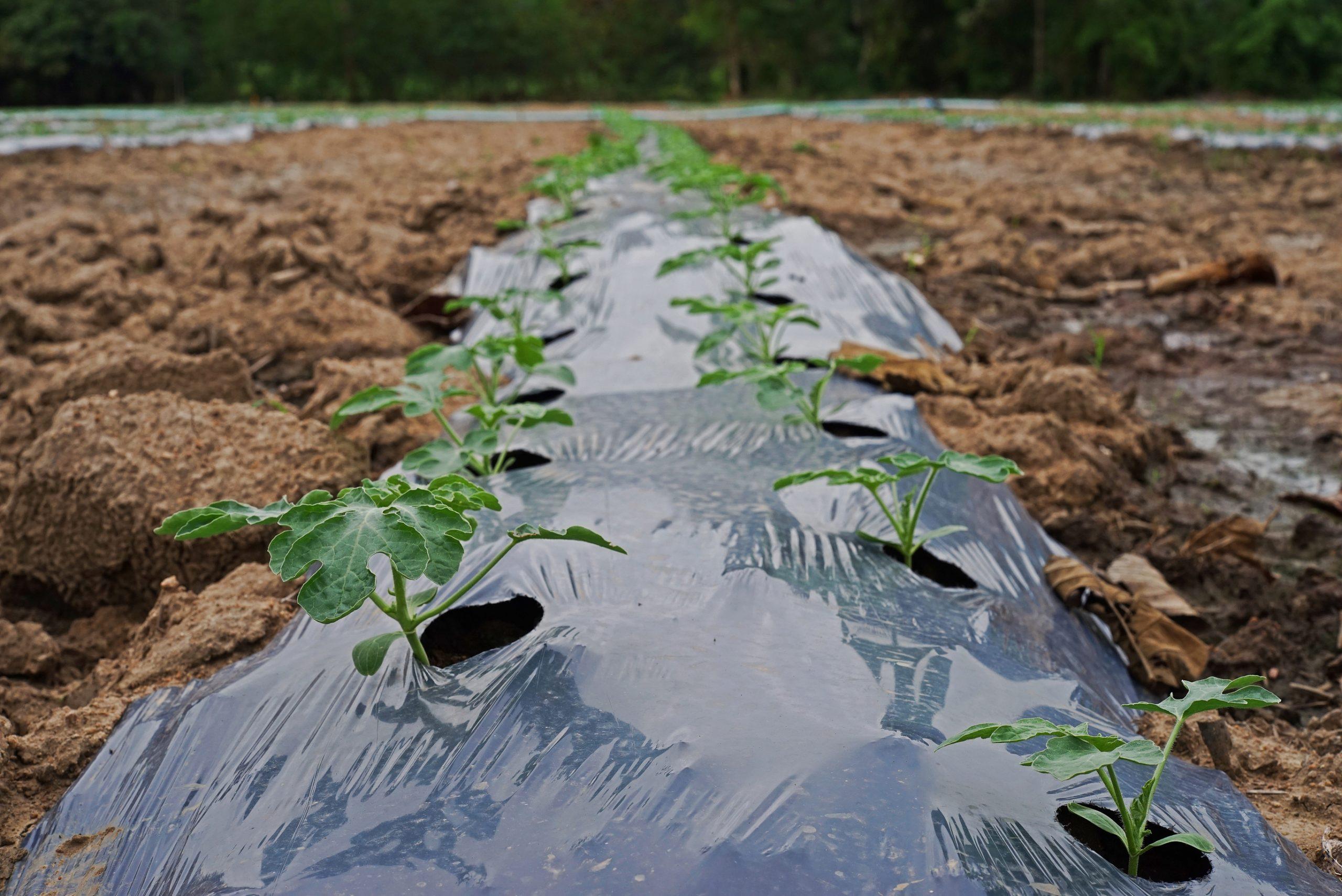
Use of heavy-duty black plastic sheeting
Unless the black plastic covering is thick enough to block out all light, it will not effectively kill all weeds. Is it visible when you hold it up to the sun? If that’s the case, layer the sheet twice or three times or place it on top of the newspaper, cardboard, or other light-blocking material.
It works well because it warms the soil, stimulating weed growth and breakdown, and it keeps moisture in the soil all the way to the top, promoting growth and breakdown.
The sheet, on the other hand, has the potential to lift or blow around, necessitating careful tying or weighting down. For pinning down such short-term coverings, I find gigantic pins made from bicycle spokes or wire coat hangers useful, but nothing beats anchoring it down with cast-iron guttering or scaffolding poles for wind resistance.
On uneven terrain, a plastic sheet accumulates rainfall and conducts it to the lowest spot, therefore it must be carefully set with this in mind. By spreading a plastic sheet over a scraped level, or graded, loose mulch or dirt, with depressions to direct the water to exactly where you want it, you can decrease the problem, if not eliminate it entirely.
Alternatively, you can make depressions around plants and wrap the plastic around them, allowing the water to flow to them.
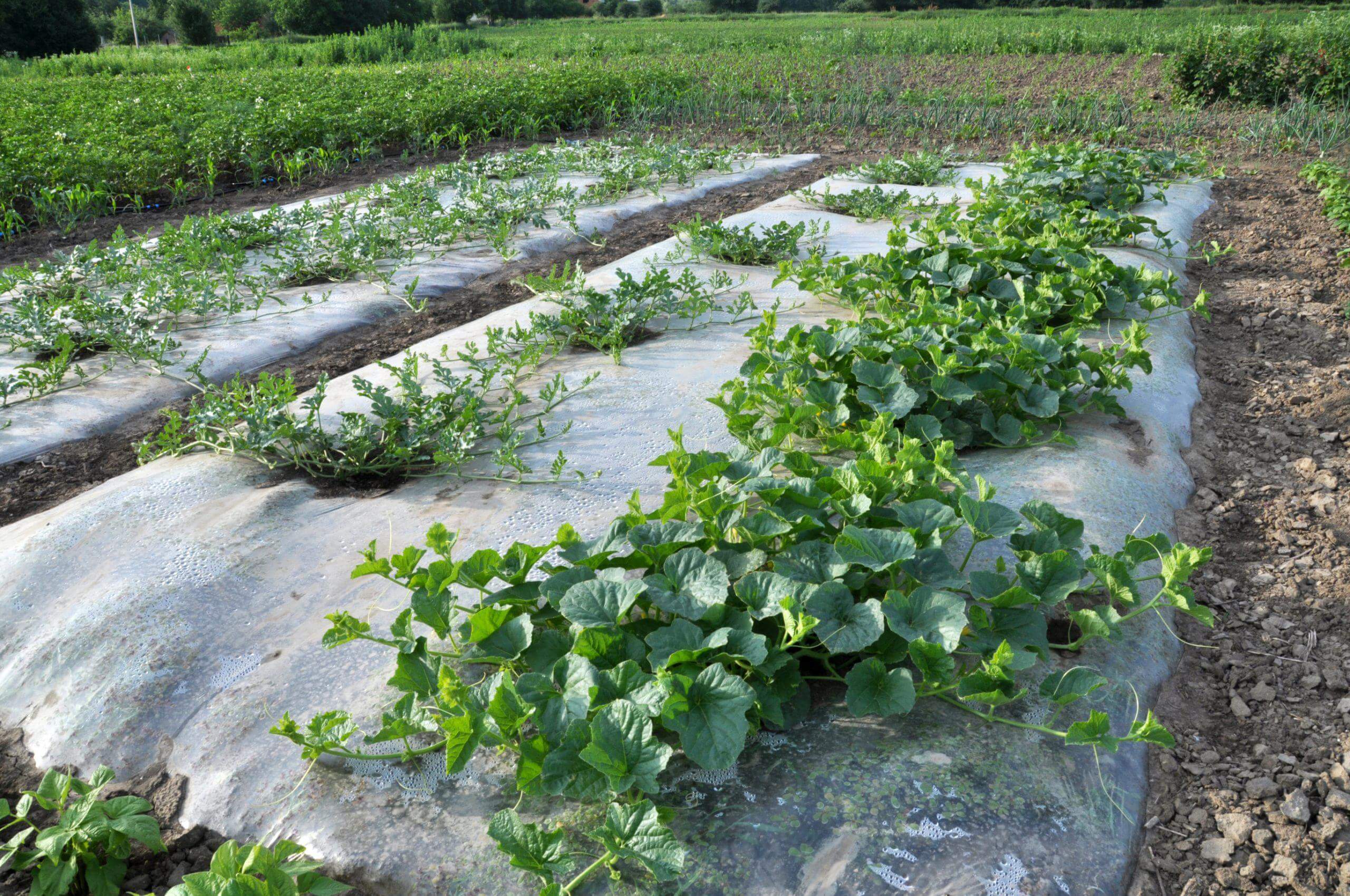
Use of white plastic sheeting
This is sometimes used to throw light onto the crops, but it also helps to keep the soil colder. If the plastic is opaque, it will suppress weeds, albeit it will take longer to do so than black plastic, which cooks them at the same time.
Use of punctured or perforated plastic sheeting
This lets water and some air pass through, but it also allows weeds to grow through the holes. It can be laid over the newspaper, cardboard, or a loose mulch where only weak weeds are present, or it can be laid over the newspaper, cardboard, or a loose mulch if only weak weeds are present.
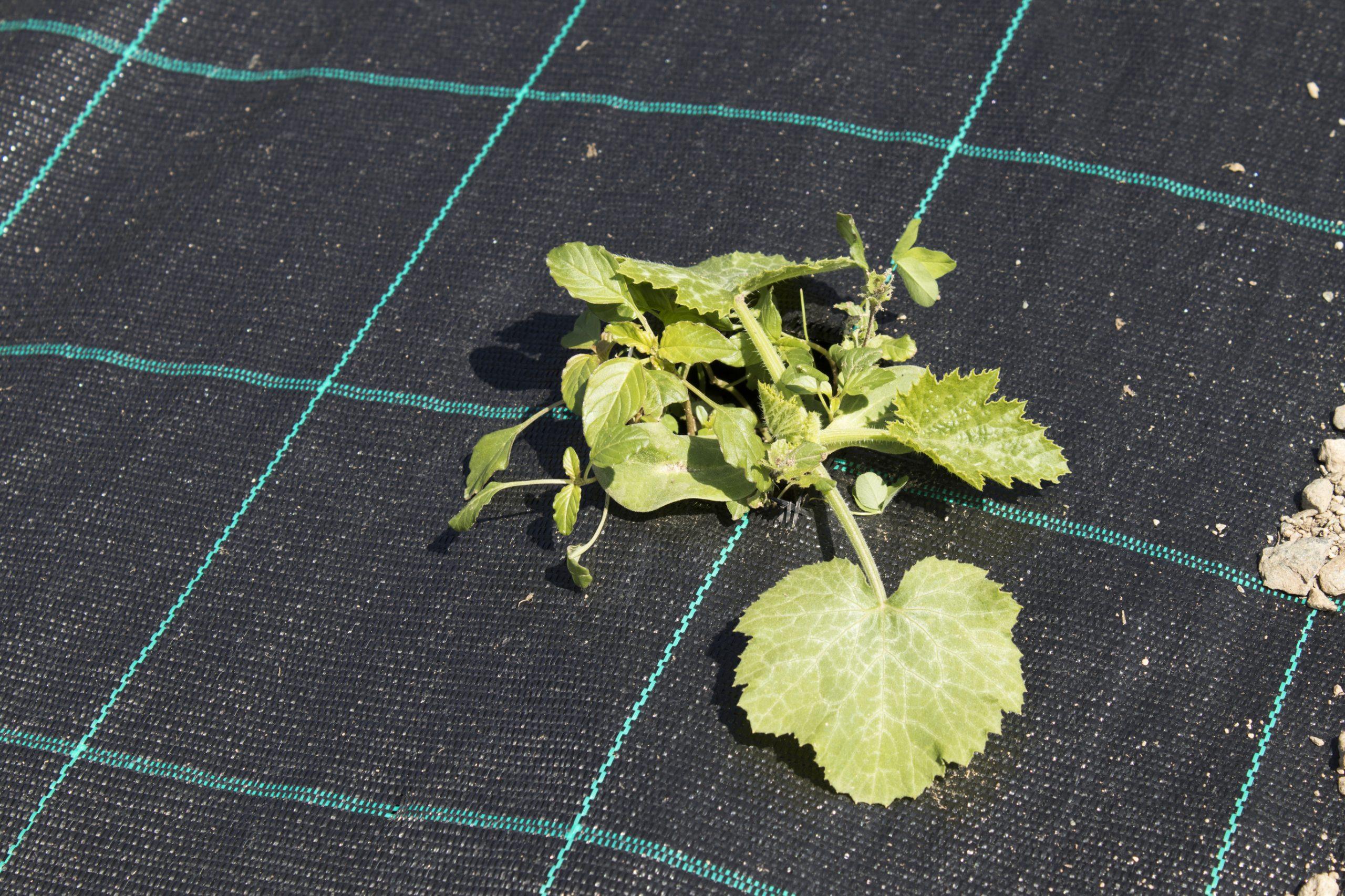
Use of woven or felted ground-cover fabric
This is the real deal. This is usually dark, shiny at times, and not particularly attractive. It is, however, appropriate in most productive locations and can be used to line cold frames, walkways, and areas with a lot of pots.
Some are simply woven, while others are more like a fleece; in either case, the higher the grade, the better. This can get rid of practically all established weeds, including brambles and stinging nettles, though they will push it up unless it’s well-fixed!
Of course, such weeds require pre-treatment, which includes removing the old top growth and cutting the area with a rough harsh mower a couple of times. Any weeds enclosed, provided the edges are securely secured, re-grow into the dark, are bent down, and are killed off – even the toughest.
It is laid on top of clean soil to keep it free of weeds and, because it allows air and rain to pass through, it appears to keep the soil healthier than it would be under a black plastic sheet. It can be improved by covering it with small layers of coarse mulch, such as bark or gravel, in aesthetic places. However, this may result in more work in the long run, as these might allow weed seeds to germinate and thrive if not carefully monitored.
Use of old carpets
Most weeds were killed or kept at bay by using old wool and cotton carpets that were turned upside down. They decay and, unless coated with a loose mulch such as bark, are not a long-term solution.
Half-natural, half-artificial carpets with latex or foam backing should never be used since they break down and leave nasty parts, but they are useful for lining the floor, walls, and even the ceiling of your garden shed, as well as for suppressing weeds in the garden storage spaces.
Nylon carpets, on the other hand, are excellent because they last a long time and maybe cut into useful routes and patches; they destroy the weeds beneath them and can be relocated as needed. Simply turn them over or hang them up to hose them clean if soil or weeds grow on them.
Use of cardboard and newspaper
Cardboard and newspaper are free, break down over time, and must be weighed down carefully or they will blow away, but they perform well and can be used as weed-resistance under black plastic or ground-cover fabric, as well as under loose mulches like compost or bark.
The paper or board covering is robust enough to keep most weeds out, but it rots with time. Although it appears that newspaper and corrugated cardboard are pretty clean and pose few difficulties once broken down, it’s best to avoid glossy, brightly coloured cardboard or paper (such as magazines) because these contain polluting chemicals.
In conclusion
You can apply this weed-killing technique to any garden bed. Experiment with the time you leave it in place and see what works best for your environment. Remember, plastic sheeting is a great way to clear out weeds from areas that are difficult or impossible to reach by hand!
It’s an inexpensive solution that makes it worth experimenting with now that those stubborn summer weeds have arrived.
Want to know more about removing Common Dogwood?
Knotweed Removal aims to provide the most up-to-date information, help and advice for YOU to make informed decisions. If you are unsure or uncertain about how to proceed, please reach out to us and we will gladly come back and advise you as best we can.
Governmental advice can be found here and the UK law covering the removal of Japanese Knotweed as stated under the Wildlife and Countryside Act 1981 can be found here.
The best means to contact us is via our email – hello@knotweedremoval.tips
Do not forget we have a library of blogs covering many areas relevant to Japanese Knotweed, our free downloadable How-to Guides and Product Reviews on the latest methods being employed to eradicate or remove Japanese Knotweed.
Knotweed Removal, UK

